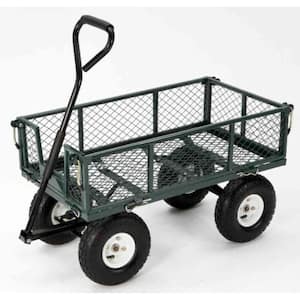For the bee loving dad:
Your dad doesn't have to be a beekeeper to be able to enjoy his very own pollinator garden. Here's a link to a Pittsburgh Post-Gazette column by Sandy Feather, who works for the Allegheny County Cooperative Extension. Her column offers a nice list of plants in our region that are great for bees. Sandy's column also offers excellent suggestions for how to be a bee-friendly gardener.
If your dad is a bee lover, then make (or buy) him a mason bee home. Mason bees are solitary bees and don't require the tending that honeybees do. They're lovely pollinators, though! Here's a link to information about how to make a mason bee hotel from a gardener in the UK. You can find bee houses for sale at Amazon and many other places on-line, most are less than $20. Search for "mason bee house" or "bee house."
For the beekeeping dad:
If your beekeeping dad lives in the Pittsburgh area, then you'll really impress him if you give him a local queen raised by one of our area's Master Beekeepers, Steve Repasky! You don't have to actually obtain the queen--Steve can give you a gift certificate to give to your dad--but I guarantee this gift will blow your dad's veil off! Email Steve at meadowsweetbees@gmail.com (and tell him you got the idea from Jennie and Robert!).
If your beekeeping dad has beeswax he needs to filter, another idea is to make him a solar wax melter. If you search the internet for "solar wax melter" you'll find a number of plans, some elaborate and some quite simple. Here's a link to Linda's Bee Blog for how to make and use a simple solar wax melter.
Getting a gift certificate for a honeybee queen or making a solar melter a bit too out there for you? Here are a few more traditional ideas:
 One handy item that we use regularly is a cleaning caddy, which I've picked up at thrift stores around the area. They're big enough to hold hive tools, a lighter, some tape, extra gloves and other items that are nice to have in one place when working on a colony. They're not expensive at all (especially if you get them at a thrift store!). Add a nice j-hook hive tool to the cart and a fancy bow and you're good go!
One handy item that we use regularly is a cleaning caddy, which I've picked up at thrift stores around the area. They're big enough to hold hive tools, a lighter, some tape, extra gloves and other items that are nice to have in one place when working on a colony. They're not expensive at all (especially if you get them at a thrift store!). Add a nice j-hook hive tool to the cart and a fancy bow and you're good go!  If you're looking for something a bit more splashy, consider a garden cart with sides that can pull down (available in many "big box" stores like Home Depot, K-Mart and Loews). Carts like these make it easy to haul bee boxes to and from the apiary as well as all of the sundry items beekeepers need while tending their hives. They range in price from about $75 to $150.
If you're looking for something a bit more splashy, consider a garden cart with sides that can pull down (available in many "big box" stores like Home Depot, K-Mart and Loews). Carts like these make it easy to haul bee boxes to and from the apiary as well as all of the sundry items beekeepers need while tending their hives. They range in price from about $75 to $150.
Still need more ideas? Take a look at these previous posts:
























